
«Contribuir me hace sentir que soy útil al planeta.»
— Anna Wong, Voluntario
Today, sustainability has become an essential pillar across all sectors of the global economy, especially in home construction. Adopting sustainable construction processes is not just an environmental responsibility but also an investment in the future. In this blog, we will explore how sustainable home construction is paving the way towards a more eco-friendly future, through best practices and innovative technologies.
What is Sustainable Construction?
Sustainable Home Construction: Bridging Sustainability and Best Practices in Modern Buildingn refers to the use of processes and materials that are environmentally responsible and resource-efficient throughout a building’s life cycle. From planning to design, construction, operation, maintenance, renovation, and demolition, each step is carried out with the goal of reducing environmental impact.
This approach begins with the selection of the building location, aiming to minimize effects on natural ecosystems and biodiversity. In the design phase, the use of technologies and practices that optimize the use of natural resources such as water and energy is promoted. This includes strategic building orientation to take advantage of sunlight and wind, which helps reduce the need for heating, cooling, and artificial lighting.
During construction, the priority is the use of local, recycled, and recyclable materials, as well as techniques that reduce waste generation and pollution. Construction practices that ensure quality and efficiency are also implemented, extending the building’s lifespan and reducing the need for future renovations.
In the operation and maintenance stage, sustainable construction emphasizes energy efficiency through advanced building management systems and automation technologies. Regular maintenance is encouraged to ensure that energy and water systems continue to operate efficiently and that the building continues to meet environmental standards.
When it comes time for renovation, options for reusing and retrofitting the existing building are carefully evaluated, thus reducing the demand for new construction materials and minimizing waste generation. Finally, in the demolition phase, sustainable construction seeks to recycle and reuse as many materials as possible, reducing the amount of debris sent to landfills and minimizing negative impacts on the environment.
Each of these steps demonstrates a commitment to practices that not only conserve natural resources and reduce carbon emissions but also offer long-term economic benefits through reduced operational and maintenance costs. Sustainable construction is not just an ethical responsibility towards the planet but also a smart investment in the future.

Key Features:
- Efficient use of resources: This principle focuses on significantly reducing the consumption of natural resources, both during the construction phase and the subsequent operation of the home. Strategies are implemented to optimize the use of materials, efficiently manage water and energy, and minimize waste through recycling and reuse.
- Renewable energies: Integrating systems that use renewable energies, such as solar panels, wind turbines, and other clean technologies, is essential for promoting sustainability. These systems not only reduce dependence on fossil fuels but also offer a cleaner, more economical alternative in the long run, alleviating the environmental impact of buildings.
- Eco-friendly materials: Priority is given to using recycled, renewable, and low environmental impact materials. This includes selecting products that come from sustainable sources and have low-impact certifications, always seeking to reduce the carbon footprint. In addition, the use of technologies and construction methods that contribute to energy efficiency and emission reduction is promoted.
- Smart design: Creating well-thought-out spaces that maximize natural light and promote efficient ventilation is key to improving the quality of life of occupants and reducing energy consumption. Design techniques such as strategic home orientation, the use of high-performance windows, and the incorporation of green areas help to naturally regulate internal temperature.
Benefits of Sustainable Home Construction
- Reduced carbon footprint: Lower CO2 emissions through the use of eco-friendly materials and processes.
- Energy savings: Sustainable homes consume less energy, resulting in lower utility bills.
- Improved quality of life: Sustainable designs offer healthier and more comfortable living spaces for occupants.
Look at our services at this link.https://vymcr.com/en/our-services/
Best Practices
- Efficient planning and design: Considering the orientation of the sun, wind, and other natural factors to optimize energy performance.
- Selection of sustainable materials: Choosing eco-certified materials that reduce the environmental impact of construction.
- Efficient water management: Implementing rainwater harvesting systems and low-water-use technologies.
Examples
- Earth construction: Utilizing techniques such as adobe or rammed earth, which are not only sustainable but also durable and efficient in terms of insulation.
- Green roofs and vertical gardens: Contribute to thermal regulation and increase biodiversity in urban areas.
- Renewable energy systems: Integrating solar panels and wind turbines to generate clean energy.
It will be a pleasure to assist you. For more information, contact us.https://api.whatsapp.com/send/?phone=50688414562&text&type=phone_number&app_absent=0

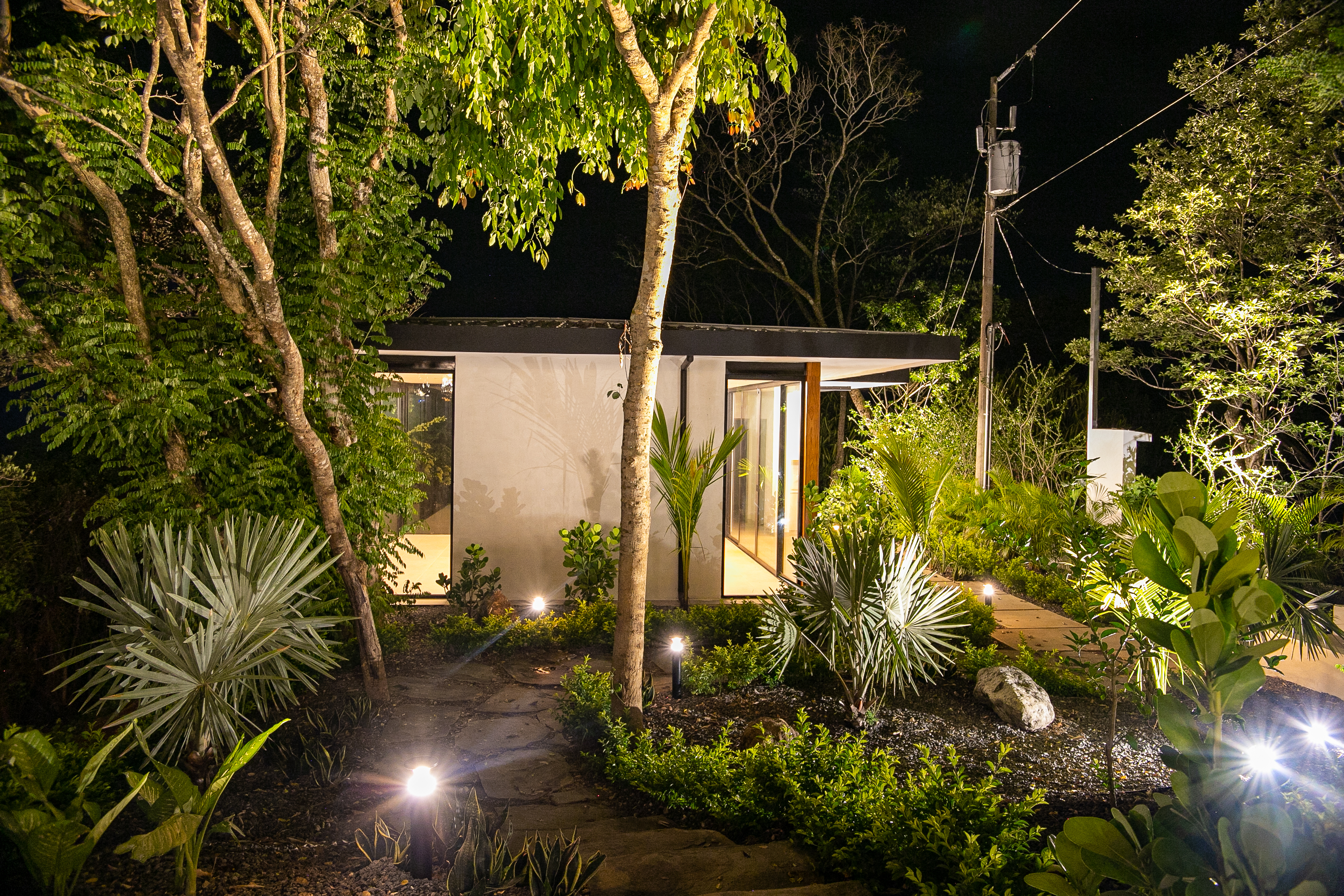
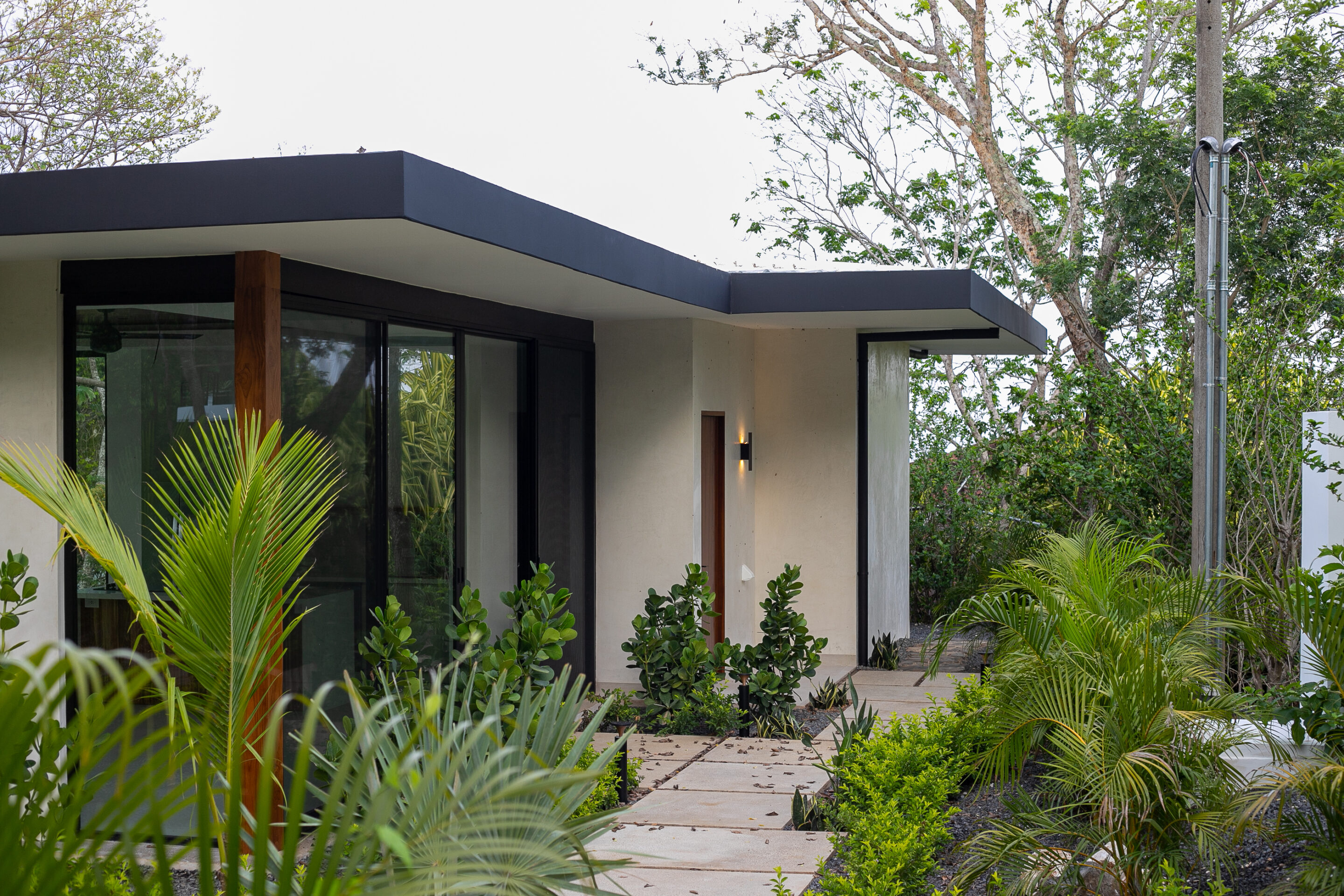
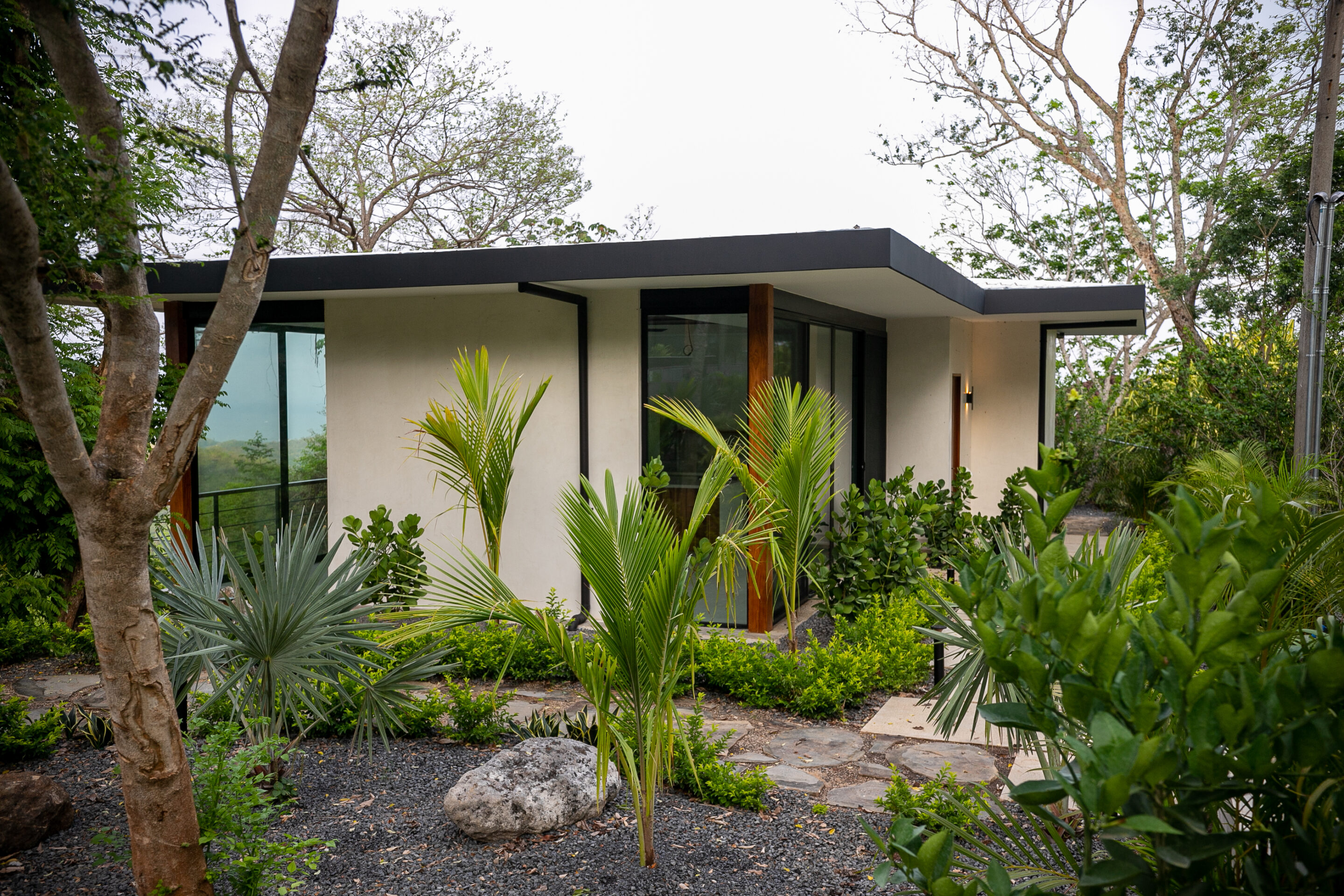
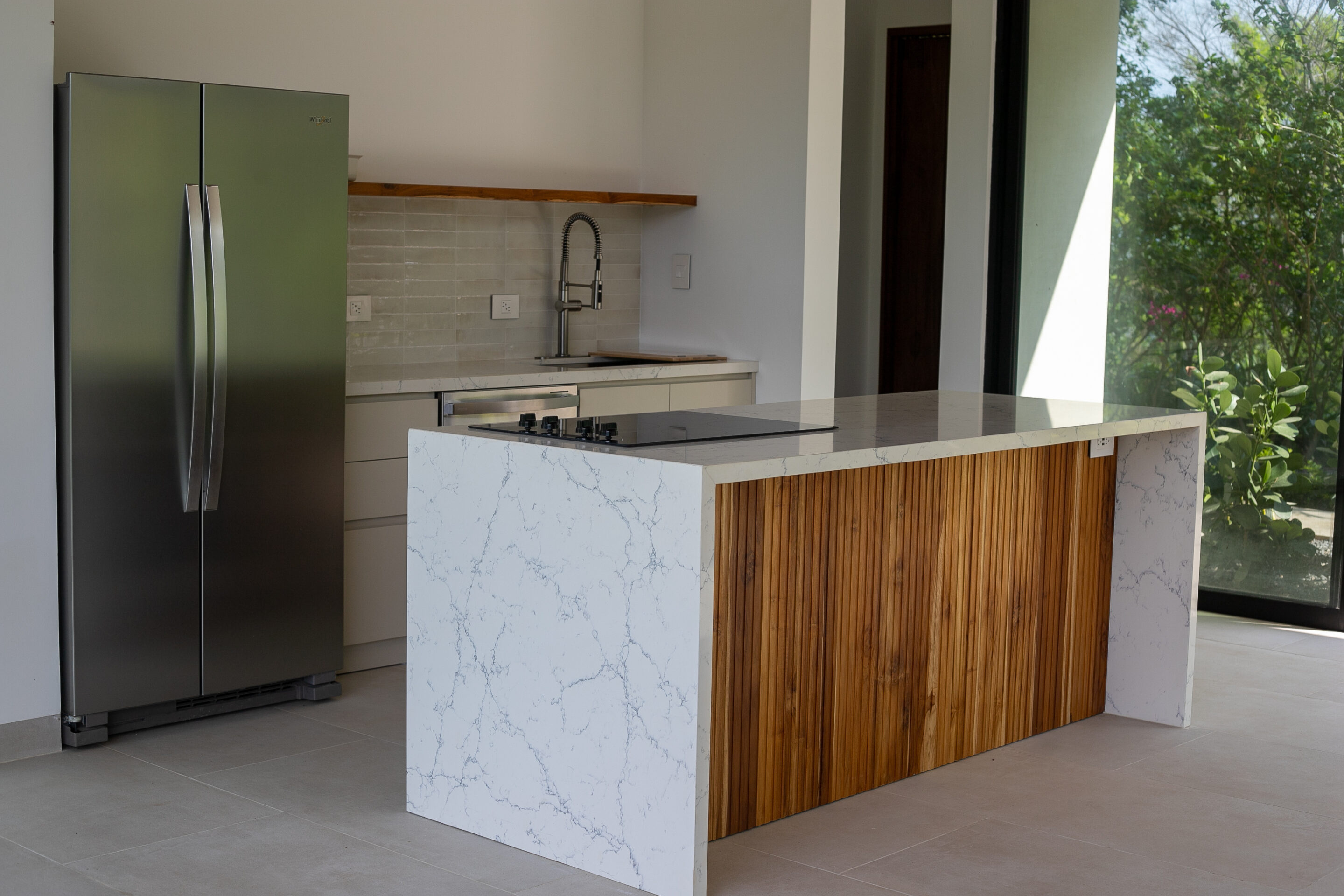
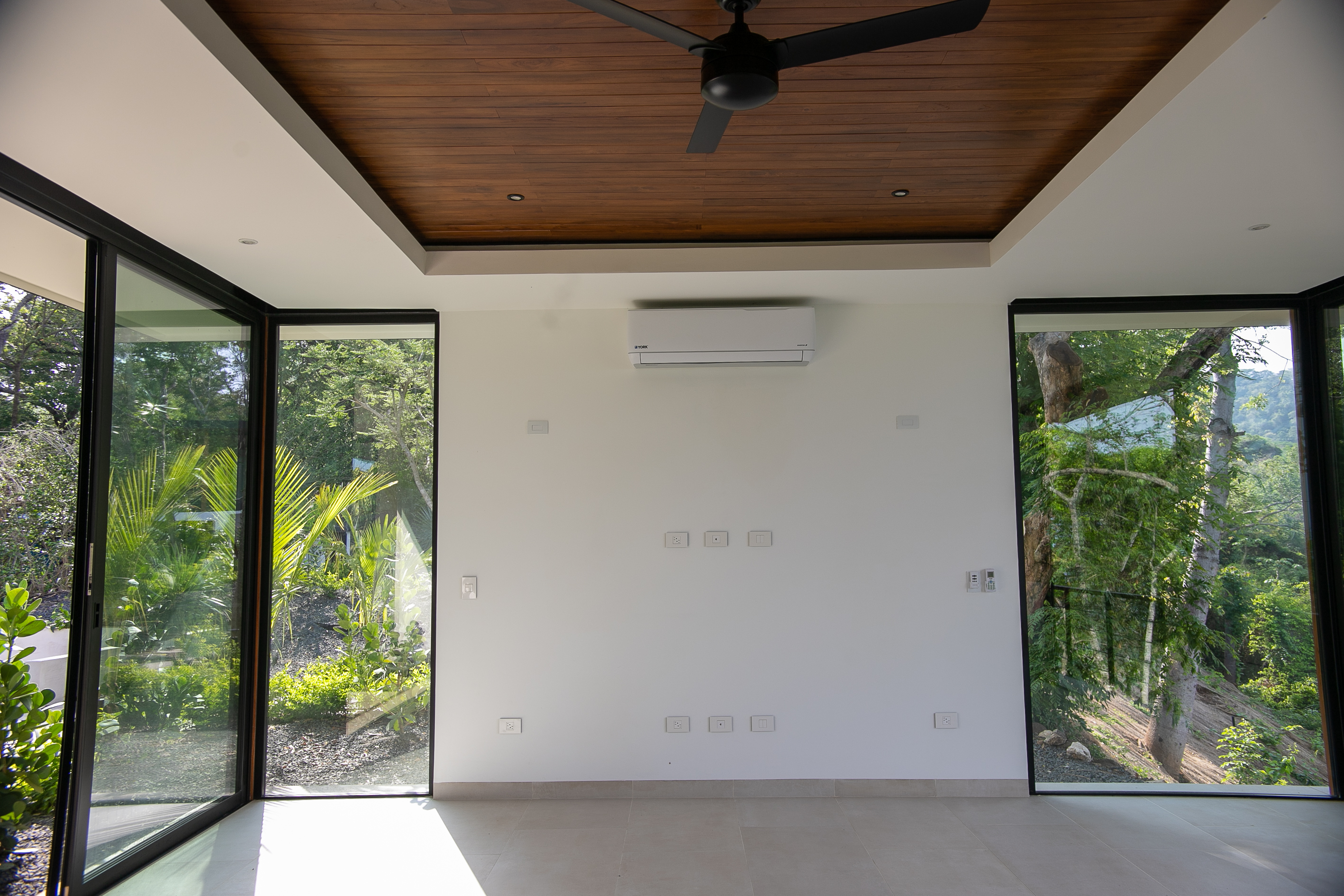
0 comentarios